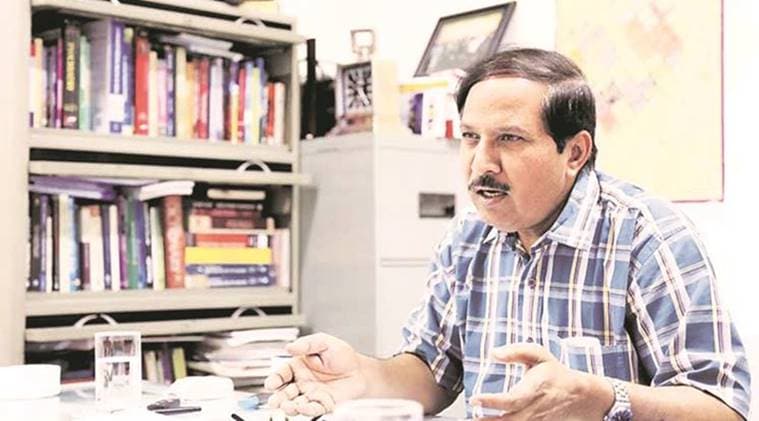
Dr B S Chavan, Director Principal of Government Medical College and Hospital in Sector 32, Chandigarh, speaks to Chandigarh Newsline about challenges faced by city’s healthcare sector, health coverage and leading causes of death in the city
Do you think the 71st anniversary of World Health Organisation (WHO) should be celebrated or be taken as a day of observing many health challenges?
Both, an occasion to celebrate as well as a day of many health challenges. The single largest goal of WHO was to attain highest possible level of health for all people and it has carried out this function very effectively. Without the collaboration and coordination of WHO with the United Nations, it would have not been possible to eradicate smallpox and bring polio closer to eradication.
WHO has also been successful in defining ethics in research for testing a new drug and technique so as to avoid exploitation and human rights violation of underprivileged population of the world. In addition to its contribution towards smallpox and polio, many other communicable diseases, like TB, Malaria and HIV/ AIDS, are under control. This is evident from the significant decrease in number of deaths due to such diseases and lesser new infections. WHO has worked like a watchdog for new viral infections which are appearing at faster rate with high mortality. Our military provides us security from our enemies, WHO keeps a vigil on our health by providing us advance warning from our invisible enemies- microbes.
Many people give up on their health in order to meet their daily expenses. How can we safeguard their health?
It is a fact that many people ignore their health at the cost of their daily needs. This is a major cause of worry for health professionals because people seek help at a stage when the disease has already become chronic and chances of complete recovery are minimum.
There are two major reasons for this. Firstly, the warning signs are either not known to the person or these are not very distressing. For example, early stages of diabetes, hypertension, cancer and cardio-vascular disorders may not be very distressing and often manifest in the form of pain or fever that people take lightly. However, there is no reason to neglect these government-run health facilities that are available either free or at a highly discounted cost. The need of the hour is to make annual screening compulsory for each citizen of the country.
What are the leading causes of death and diseases in Chandigarh?
In Chandigarh, non-communicable diseases are on the rise due to an unhealthy lifestyle and less physical activities, use of addictive substances including tobacco, odd sleeping hours, unhealthy diet, pollution, and increased migration. WHO has been successful in controlling most of infectious diseases, but biggest challenge today is the mortality and morbidity from non-communicable diseases like obesity, blood pressure, diabetes, depression, cancer, cardiovascular diseases and chronic obstructive pulmonary diseases, which kill more than 36 million people each year and have become the leading cause of death in the world.
How far have health institutes been successful in providing comprehensive health services particularly to people of Chandigarh?
Chandigarh has sufficient quality healthcare facilities for its citizen. However, more than 60 per cent patients in city’s hospitals come from outside Chandigarh. This number is only increasing. Unless the healthcare facilities in the neighbouring states are strengthened at an equal pace, the health facilities in Chandigarh will always remain insufficient.
Still birth, malaria, tuberculosis (TB) are health issues that are still haunting humans, how can we eliminate these?
They can be eliminated through mass awareness, coordination among all the departments and stakeholders and allocation of more budget towards healthcare.
[“source=indianexpress”]











